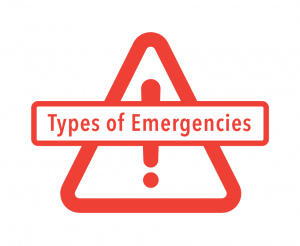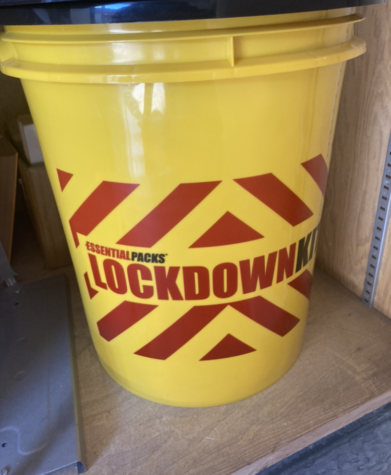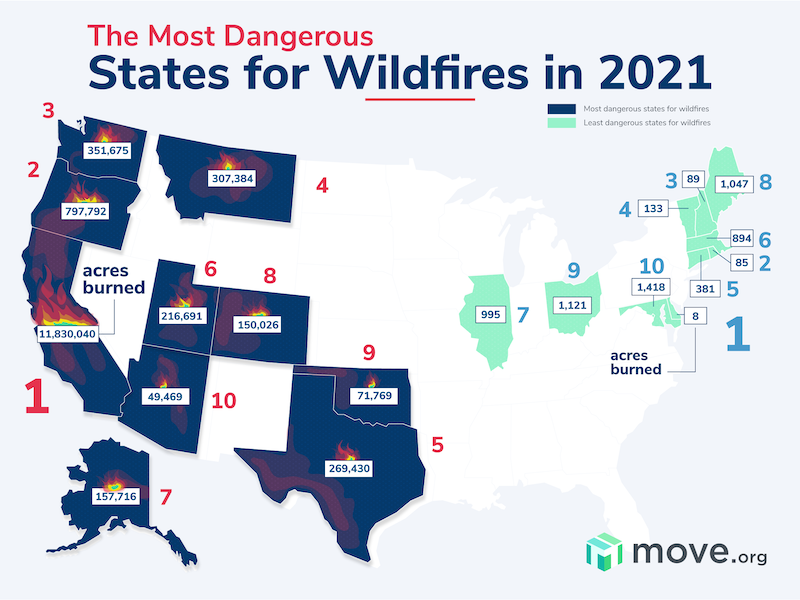The rights and wrongs of school safety

Drills are a common thing kids tend to ignore, but it’s important to note that any day, these drills could turn into reality.
At AGHS there are three main drills: shelter in place, earthquake, and fire.
Like every school in the US, AGHS has to perform these drills to ready students for what many hope will remain just a drill.
“Every semester we have to do two secure in place drills, one earthquake drill, and one fire drill,” Mr. Shayne MacCuish, Area Administrator, said.
Shelter in place drill:
In 1998, tragedy struck when school shooters pulled the fire alarm to make students and staff come out of their classrooms.
This was not the first school shooting, but because of the increase in these cases, schools began a drill; the active shooter drill, otherwise known as the shelter in place drill.
Two shelter-in-place drills are required every year.
This drill has changed the most over the years.
Its most recent update is called ALICE.

Instead of making everyone stay in place, which is like sitting ducks, if the danger is a safe distance away, leaving campus is the best option.
“If the active shooter is in the 900’s we wouldn’t want everyone on [300’s-800’s] to shelter in place. We would evacuate the [300’s-800’s] side,” MacCuish said.
Schools will sometimes use codes to let the classrooms know that there is an active shooter on the premises.
“[Using codes] can cause a lot of confusion, so instead we simply say, there’s an active shooter in the area,” MacCuish said.
Since there are no codes used, it is easier for everyone to know there’s an active shooter near.
But, what should a student do, if they are out of their classroom and there’s an active shooter on campus?
“[Students] need to get in something quickly. So even if [students] are walking by a classroom, jump [into the nearest classroom] even if it’s not [the student’s] class,” MacCuish said.
Earthquake drill:
The earthquake warning only gives students and faculty about three to five seconds to get under a desk.
Many have performed the duck, cover, and hold-on procedure over the course of their childhood. However, there are many mistakes people make during this event, mostly from false information from social media.
One of these common mistakes is getting under a doorway during an earthquake. The reason this belief came to be was because of a picture taken of a destroyed adobe house with the door being the only thing left standing.
For an adobe house, this is where the safest place to stand would be, however, there are very few adobe structures, so this is not necessarily valid anymore.

In most buildings now, the doorway is becoming the least supported part of the structure.
Another, maybe even more life-threatening mistake people make is running out of the building. This is unsafe because no one has any real idea when the building will collapse. When someone is running out from the building, it could collapse right on top of them.
Since California has more earthquakes that cause damage than any other state, it is important to know what to do during an event like this.
Fire drill:
In 2020, California had more wildfires than any other state, beating Texas by about 4,000 fires.

This might be because of severe droughts in California, which make a perfect host for fires.
One common thing students wonder is: why do we walk during a fire drill? “ 2,000 kids are trying to go through two gates. We don’t want people to get trampled. When people start running and pushing, then you have that chaotic thing, and people get hurt. So try to stay calm, be orderly. Everybody gets through, nobody gets knocked down and trampled,” MacCuish said.
Although many people commented on the so-called “false alarm” because of an incident in the chemistry lab, MacCuish assures everyone things are working well.
“[The alarm] functioned correctly, we evacuated everyone, and identified the chemicals that were used in the experiment… I wouldn’t say it was a false alarm as far as a fire,” MacCuish said.
With construction, however, it was hard for teachers to know where to go with their classes, during the chemistry fire.
“That’s been kind of a challenge. So as far as students knowing what to do, even for teachers, it’s changing. ‘Where do I go now? Because I used to go over there and now there’s construction’,” MacCuish said.
With all of these drills and new changes on campus, it’s hard to know what to do, for students as well as teachers. Hopefully reviewing the proper methods of safety is helpful to you and remember to ask questions if you are ever confused about how to handle a situation.

Scarlett Telander is a Freshman at AGHS. Her hobbies include; writing, reading, listening to music, softball, golf, and eating, because yes eating is 100%...





